Photographer: Nikolay Stoykov
UNICEF and Association of European Journalists join forces in the important mission for ethical reporting of children in media.
A Guidebook to help journalists and public relations professionals in their work with children was developed by the United Nations Children’s Fund (UNICEF) and the Association of European Journalists – Bulgaria.
The Guidebook was created through consultations with experienced media representatives and experts in journalism, PR, law, child psychology, and photoreporters. It summarizes the principles and issues that are important in different situations when children are in the media. On the pages of the Guidebook there is also information about the legislative framework in Bulgaria, international standards and many practical advice (psychological, legal, technical, business) for defending the best interests of the child, on the one hand, and improving the quality of journalistic production, on the other.
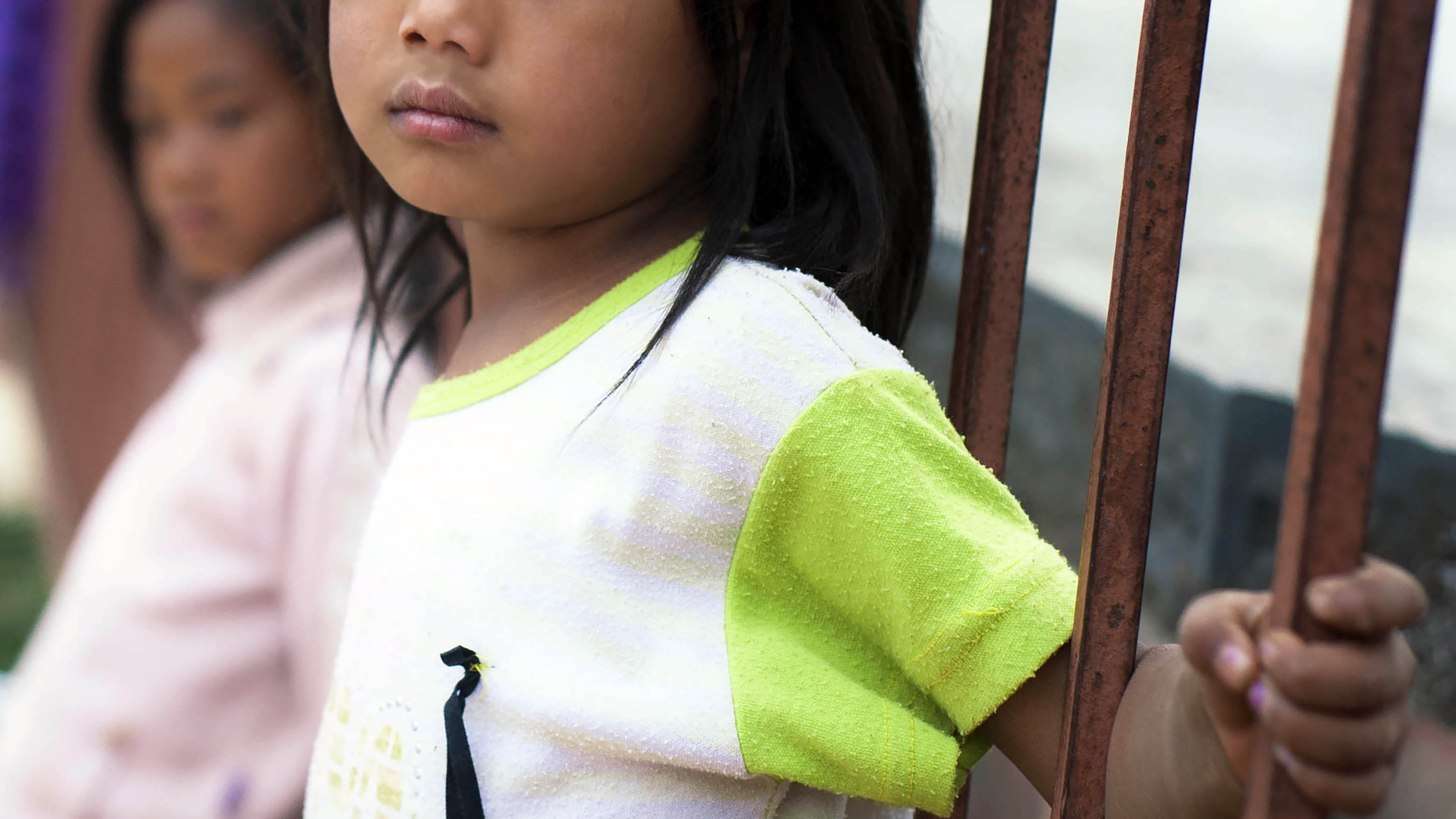
According to the United Nations Convention on the Rights of the Child (the most widely ratified human rights treaty in history) a child is every human being below the age of eighteen. What should we take into consideration when covering child-related topics and promoting and protecting child rights through the media?
Have we obtained consent from the adult who takes care of the child (parent or legal guardian)?
Have we asked the child in a suitable and understandable way how he/she is to be featured in our material?
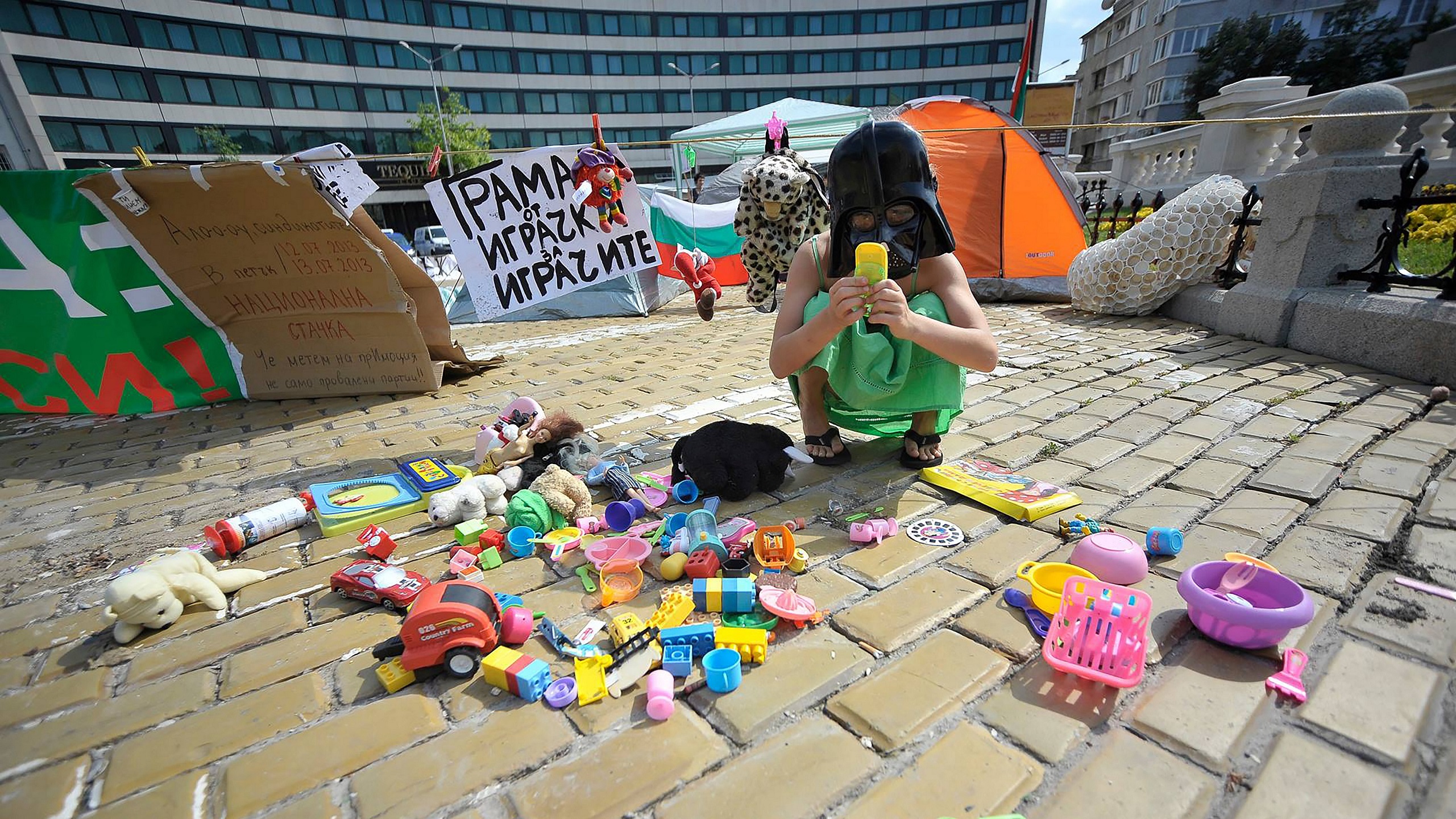
Words are the strongest weapon in the hands of the media. Words and images can help and at the same time inflict irreparable damage to those affected, if improperly used. This applies with full force when covering child-related topics. The following brief word-list presented in the Guidebook is intended to facilitate media professionals in their choice of adequate vocabulary when referring to children:
Let’s use: children, youngsters teenagers, boys and girls, youth, young people, adolescents, minors, underage, pupils, high-school students.
Don’t use: kids, nippers, pubescents, juveniles, minikins, teens. These words might sound patronizing or offensive. When speaking of themselves, children do not self-identify like that.

Are we convinced that revealing the child’s identity will not harm him/her regardless of the consent obtained from the person responsible for him/her? Responsible media professionals should consider that adults may not be aware what the best interest of the child is.
Are we sure that our material and the child’s presence therein will not create a feeling of shame or discomfort?
Is it possible that such feelings can appear years later when the child is an adult?
Are we sure that the material does not offend the dignity of the child?
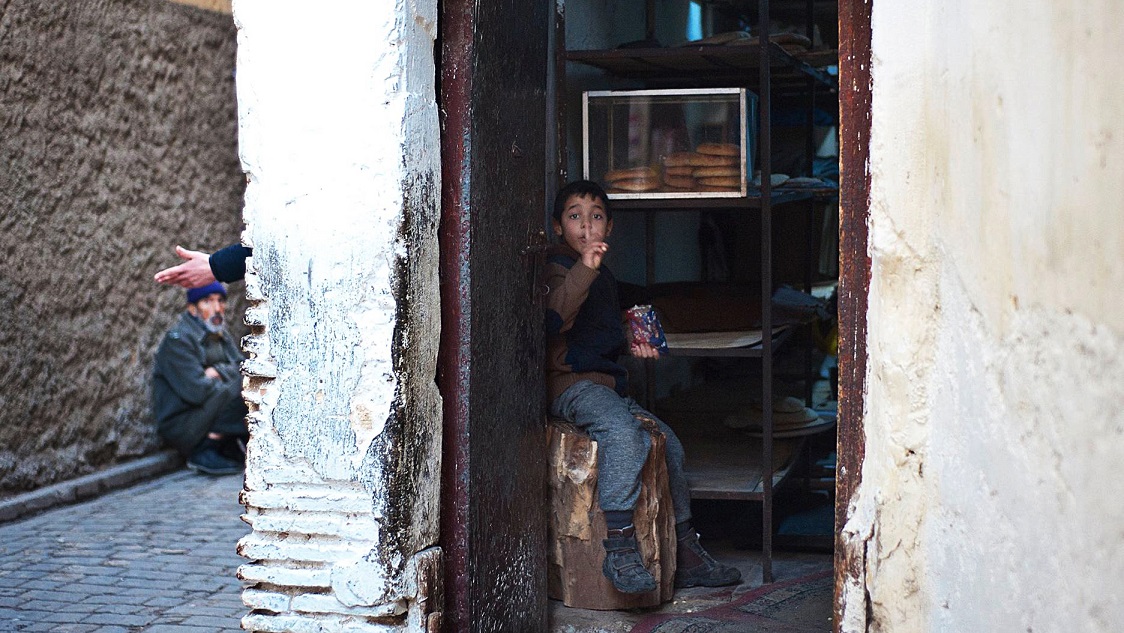
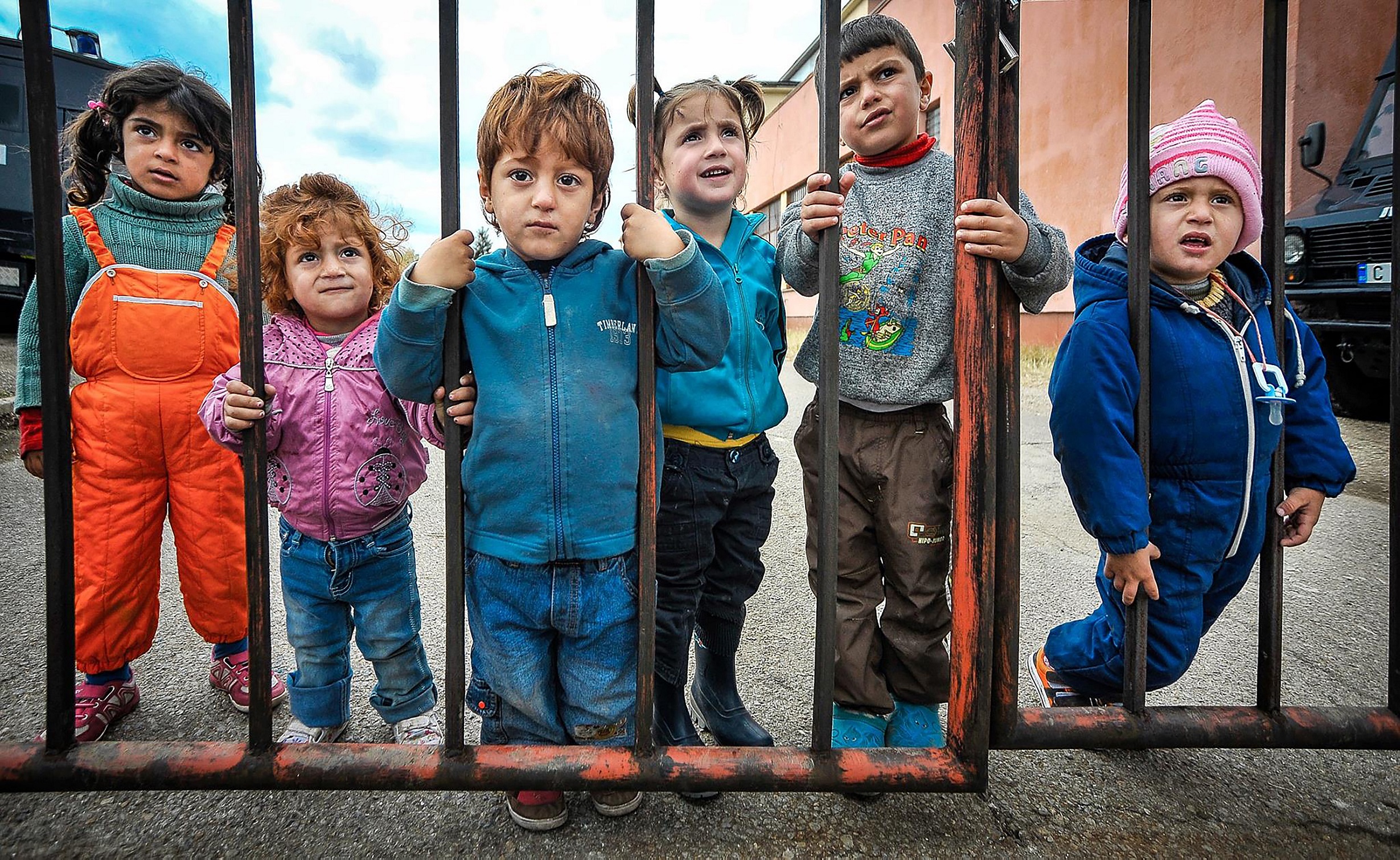
The media must serve as a guardian ensuring that justice for persons under the age of 18 is in conformity with children’s interests.
Children in conflict with the law are children at risk, too, and the media coverage of their cases must be approached very carefully. Violence and anti-social acts among children are often linked to violence on behalf of adults and with the way children have been treated. Young offenders have the right to a second chance.
They need support for that, not stigma. So, are we sure that our materials do not suggest that they deserve fewer rights than other children? Do we examine carefully enough the risks faced by children in conflict with the law and whether the environment they live in provides opportunities for their resocialization?
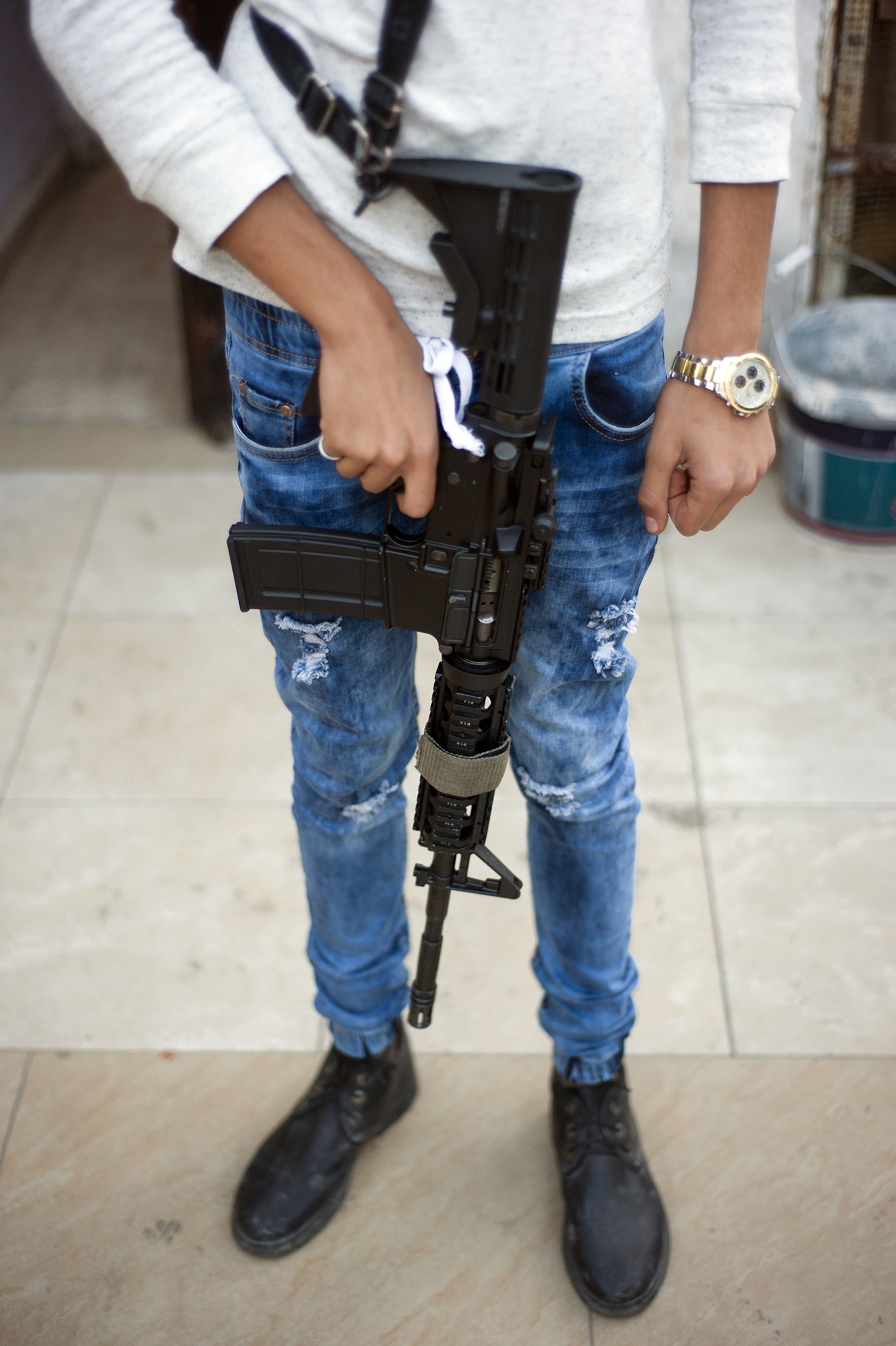
There are numerous questions and topics that touch upon the lives and rights of children who are in formal care. The choice of topics and the approach to them in our journalistic materials can lead to real change to the benefit of the children we are covering. It would be good if we always do a thorough research into why and how it has happened so that children are being raised outside their biological families, but avoiding the risk of reaffirming the social stereotypes about them or any blame and stigma.
Positive coverage of the opportunities for children in institutions to reintegrate into society can contribute to counteracting ignorance and prejudice. Giving such children the opportunity to be present in the media and express their opinions and views is also a positive step in that direction.
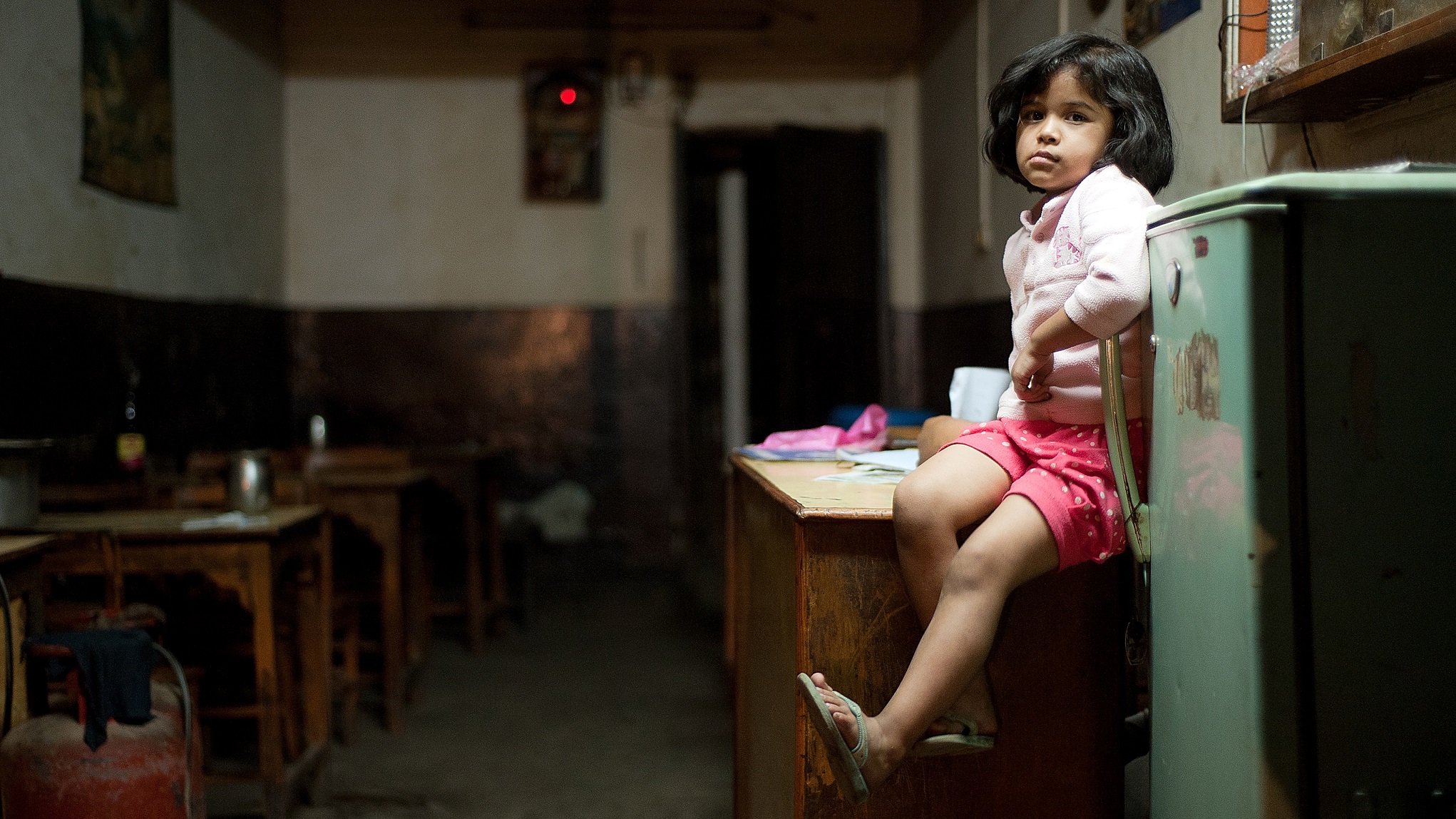

Ethnic minorities are often object of prejudice, discrimination and stigmatization. It is the duty of the media to examine and expose the root causes and the consequences of that, especially on the youngest and most vulnerable representatives of those minorities. We should also seek to give children who have been the object of discrimination
the opportunity to tell society how they feel as a result of the prejudice against them. The effects of discrimination and segregation of children of minority origin cover some key domains of life: access to education, health-care, adequate justice and protection, and they carry some long-lasting consequences for their future development and inclusion into society.
Media has a key responsibility to promote respect for diversity and a culture of non-violation of child rights – this would have a long-term positive effect on society as a whole, promoting values such as peace, justice, equality and prosperity.
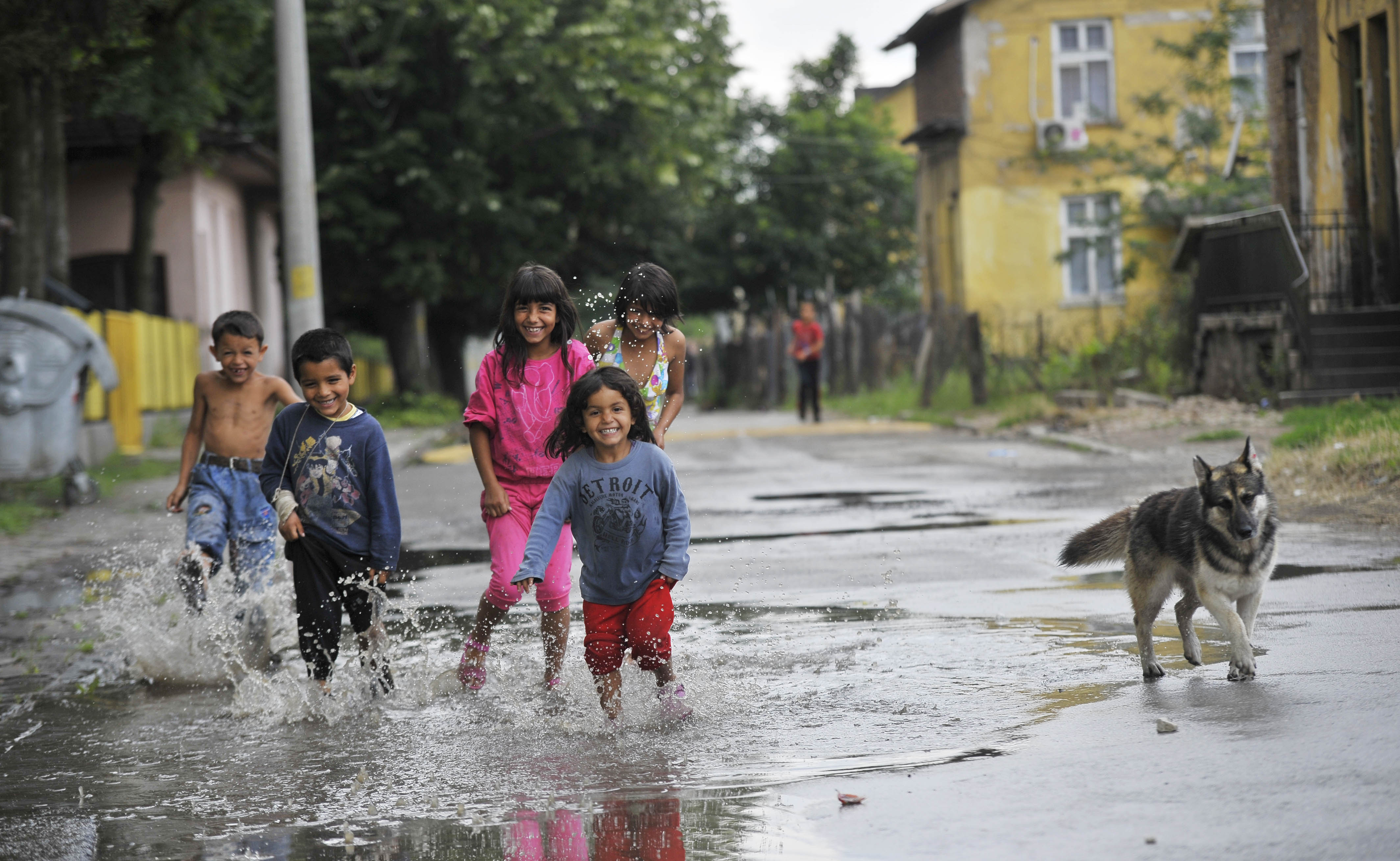
Protection of the child’s rights, interests and personal dignity must be at the core of each filming team’s work. We should always do our best to assess the possible future consequences for the child both as an object exposed to observation by others and as a subject that observes his/her public coverage himself/herself.
Do we have the consent of the adults/institutions caring for the child in order to disseminate his/her image?
Despite the consent of the adults, have we thought out whether the dissemination of such image does not threaten the child’s physical, mental, moral and/or social development?

Do we give enough visibility not only to the problems of children but also to their opinions and ideas as equal members of society? Do we ensure sufficient visibility of their achievements?
Source: Guidebook on ethical reporting on children in the media / AEJ-Bulgaria
The full version of the Guidebook can be downloaded here.

